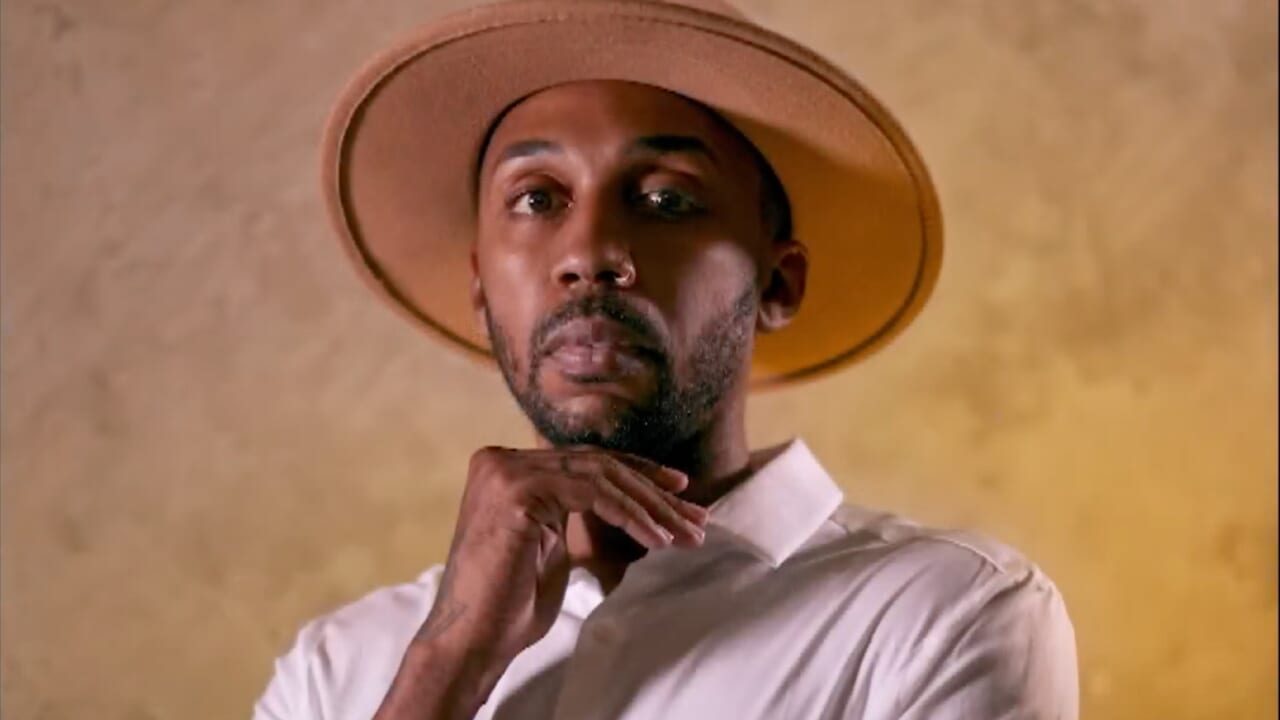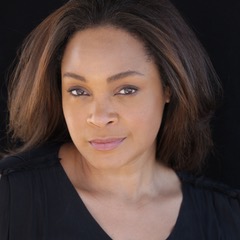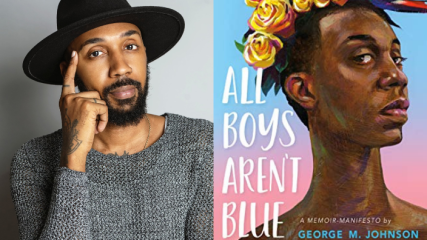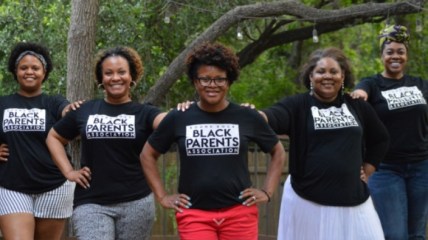George M. Johnson wants you to know book bans are bigger than books
In conversation with theGrio, the bestselling author connects the dots between recent local book bans and a broader, insidious political agenda.
Editor’s note: This is the first of a two-part interview with George M. Johnson. It’s also the first installment of theGrio’s series on the book ban debate, You Can’t Ban Black. Read the second installment here.
What’s in a book? Well, if you’re a book lover, plenty—books allow us to explore new vistas, time travel without moving, and experience the world through other eyes. Of course, if you’re truly a lover of other people’s stories, you’ve no doubt been paying attention to the spate of recent book bans by local school districts around the country.
In a seemingly coordinated backlash eerily in lockstep with the irrational but now politicized opposition to critical race theory, right-wing activists have increasingly targeted literary works both classic and contemporary, but overwhelmingly penned by authors of color.
Leading the charge against censorship in the current book-banning battle is George M. Johnson (pronouns “they/them”), the nonbinary writer (and former staff member of theGrio) whose bestselling memoir All Boys Aren’t Blue has been widely celebrated as giving voice to a Black queer coming-of-age experience.
Published in 2020, the book is now in its eighth printing and is currently in development as a television series by Gabrielle Union‘s production company. Nevertheless, as evidenced by a series of attempted and successful bans of the book, All Boys Aren’t Blue has proven a clear threat to conservatives determined to quash any representation not centered in white cis-heteronormativity, just as they are rebelling against any retelling of history not centered in white virtue and superiority.
For this reason, Johnson tells theGrio, the real stakes behind book bans run even deeper than their covers.

Screenshot: NEON x GLAAD (YouTube)
“I first found out about the book ban in September [2021]…basically a guy who was running for the school board [in Kansas City, Missouri] using my book as his main platform as to why he needed to be school board president,” Johnson recalled. “Initially, I laughed…to me it was like, ‘wow, this is a really, really, really delayed reaction to a book that has already been on lists, won numerous awards and done all these things, but okay.'”
Johnson confronted the man on social media, eventually compelling him to remove all posts targeting All Boys Aren’t Blue.
“But within, I would say, about six [or] seven weeks, it had jumped up to eight states that were challenging the book. And that’s when I knew, like, okay, this is actually not going to go away…I really have to get into activist-type mode because they pretty much have formed this major coalition across the country [and] strategy on how they’re going to attack our books, and if we don’t freak out they’ll be able to do it. Because they were doing it at such a local level that it hadn’t reached national media attention,” they explained. “And so, my whole strategy was to then bring it to the national media and make it a national issue, which I think we now are seeing.”
Of course, as a national controversy, the issue isn’t at all new. While the recorded history of book banning spans almost four centuries (dating back to the Puritanism movement), the practice reached an apex in the middle of the 20th century, as vicious campaigns were waged against texts like Catcher in the Rye, To Kill a Mockingbird and I Know Why the Caged Bird Sings (h/t Publisher’s Weekly).
By 1982, the struggle over censorship reached the U.S. Supreme Court in Island Trees Union Free School District v. Pico, in which a list of 11 books were named—including Piri Thomas‘ Down These Mean Streets, Best Short Stories of Negro Writers (edited by Langston Hughes), A Hero Ain’t Nothin’ but a Sandwich by Alice Childress, Eldridge Cleaver‘s Soul on Ice and Richard Wright‘s Black Boy.
The argument brought by the school district? These and other books listed should be removed from schools on the basis of being “anti-American, anti-Christian, antisem[i]tic, and just plain filthy.”
A group of five students aged 13 to 17—led by Steven Pico—disagreed, filing suit against the district. In the end, the First Amendment narrowly won out, with Supreme Court justices ruling 5-4 that public schools could ban books from their libraries that were “pervasively vulgar” or otherwise incompatible with a respective curriculum, but were not authorized to remove books “simply because they dislike the ideas contained in those books.”
Forty years later, the nuances of that law are not only being ignored but outright defied, as a mounting number of districts have been challenging the merits of not just Johnson’s book, but several other Black coming-of-age narratives.
Acclaimed writer Kiese Laymon‘s Carnegie Medal-winning memoir Heavy has garnered intense scrutiny, as has All American Boys, co-written by bestselling YA writer Jason Reynolds and white author Brendan Kiely. (Reynolds’ bestselling Stamped: Racism, Antiracism, and You, written with Dr. Ibram X. Kendi, has also been challenged as part of the pushback against critical race theory.)
Aside from All Boys Aren’t Blue, the other book most consistently in conservative crosshairs is Toni Morrison’s searing 1970 novel The Bluest Eye, banned by Missouri’s Wentzville School District earlier this week. This should be of little surprise, given that the book has consistently appeared on the American Library Association’s Top 10 Most Challenged Books Lists since its debut.
As Michael Arceneaux, bestselling author of the Black queer coming-of-age memoir I Can’t Date Jesus, wrote in response to the current controversy:
One of the latest victims of this trend, Toni Morrison, once argued about the dangers of book banning in response to past attempts to restrict access to Huckleberry Finn, by Mark Twain, over its use of racial slurs. “The brilliance of Huckleberry Finn is [in] the argument it raises,” Morrison explained. Banning books, she continues, is a “purist and yet elementary kind of censorship designed to appease adults rather than educate children.”
Credit: The Week
For Johnson, the pushback is simply a single facet of a more organized movement…one that extends well beyond the literary world.
“It’s very clear. There are two specific [types of] books that are being attacked: books by Black authors and then, even more harshly, anything that has Black queerness in it [is] being attacked at an even heavier scale,” they say, “and it’s clearly just built in racism, purity of white children, and all of those ideals of white supremacy.”
“They’re throwing just a few white books in there to try and skirt that. A couple of the white authors have been caught up in it, and a few of their books have been questioned before. But even now, their books are still not being attacked at the rate that ours are.”
One of the most hotly debated titles from a non-Black or brown author is Art Spiegelman’s Pulitzer Prize-winning graphic novel Maus, which centers on the Holocaust. Citing “rough, objectionable language” and nudity, Tennessee’s McMinn County Board of Education voted to remove Maus from the eighth grade curriculum in January. The book has since shot to the top of bestsellers’ lists, but Johnson suspects the attacks on white authors were little more than a red herring in the first place.
“For me, those authors are really just getting caught up in it because if you only ban Black authors, it is what it is, right? But if you throw just a few white authors in there, they can say, ‘But no, look, look—we’re also banning this white person,'” they said. “So I think it’s very clear that this is an attack against Black and even brown authors.”
Why?
“Because realistically, the demographics are changing in the country, and so what they’re trying to do is sanitize any place where that demographic change could [be reflected], like publishing, or television or any of those other entities, right?” Johnson posits.
“Because if the demo starts to change the students, that means that the books in libraries and the books in classrooms have to change, because white students are not the dominant population anymore… And so, I think this is one of those pushbacks—which I think we’re seeing across the board—where white people are really having a fear of losing their majority stronghold in the United States.”
As an example, Johnson points to the revived struggle over abortion rights, which also began playing out in local governments before winding its way back up to the Supreme Court in recent years.
“If it was only Black women and brown women having abortions, do you think that these white men would give a s—?” they ask. “The fact of the matter is, you have a double-edged sword, where white women are having children at less of a rate than Black women and Latinx women, so we know what the real issue is there, right? It is about population control…[because] they truly do not care if our children make it through birth.”
“And that’s why they’re trying to remove our storytelling, in my opinion,” Johnson concludes. “Because they have to protect the purity of whiteness in this country. And I think they’re just running out of options.”
The second part of George M. Johnson’s discussion on banned books can be accessed here.

Maiysha Kai is Lifestyle Editor of theGrio, covering all things Black and beautiful. Her work is informed by two decades’ experience in the fashion and entertainment industries, a love of great books and aesthetics, and the indomitable brilliance of Black culture. She is also the editor of the YA anthology Body (Words of Change series).
Have you subscribed to theGrio podcasts “Dear Culture” or “Acting Up?”
TheGrio is now on your TV via Apple TV, Amazon Fire, Roku, and Android TV. Also, please download theGrio mobile apps today!



